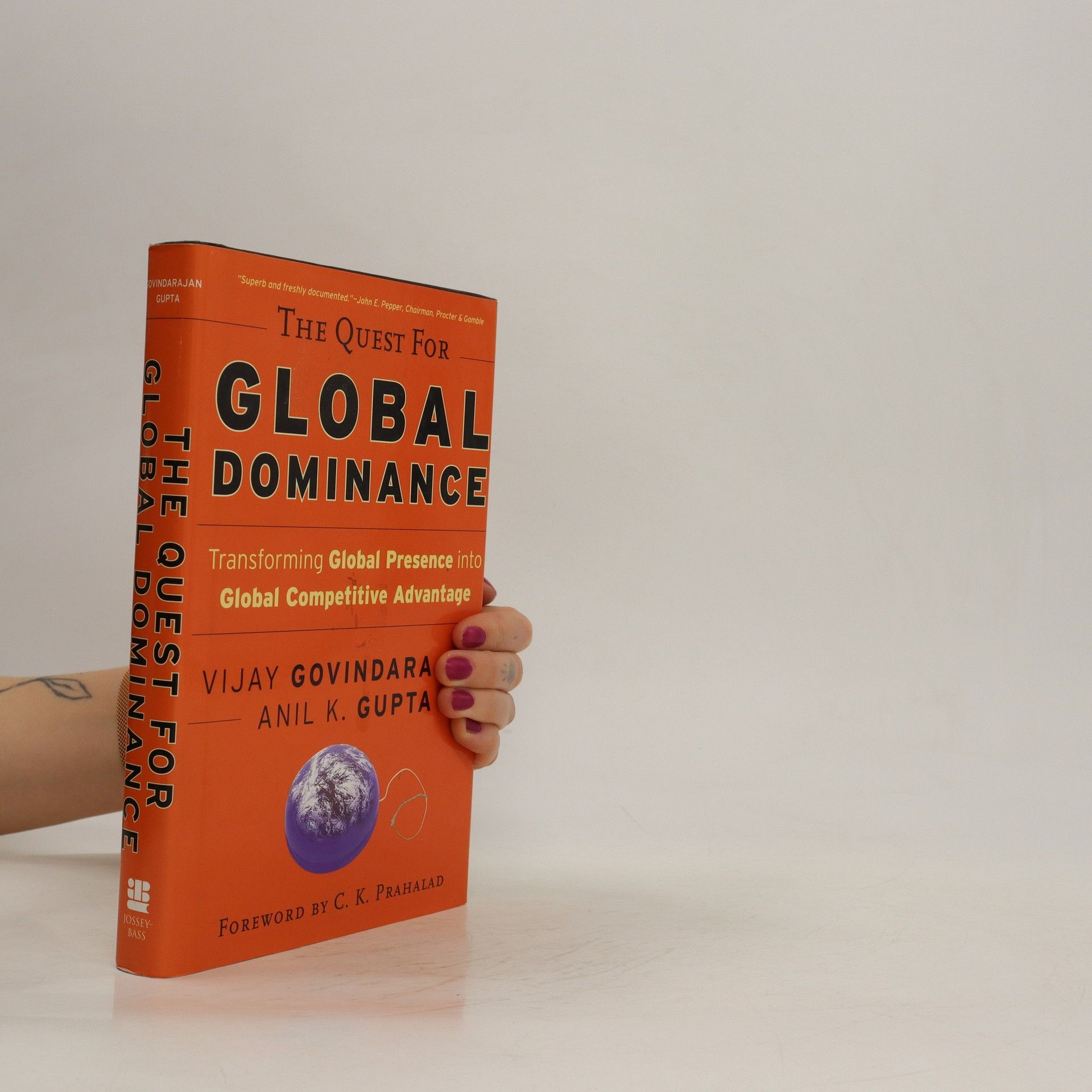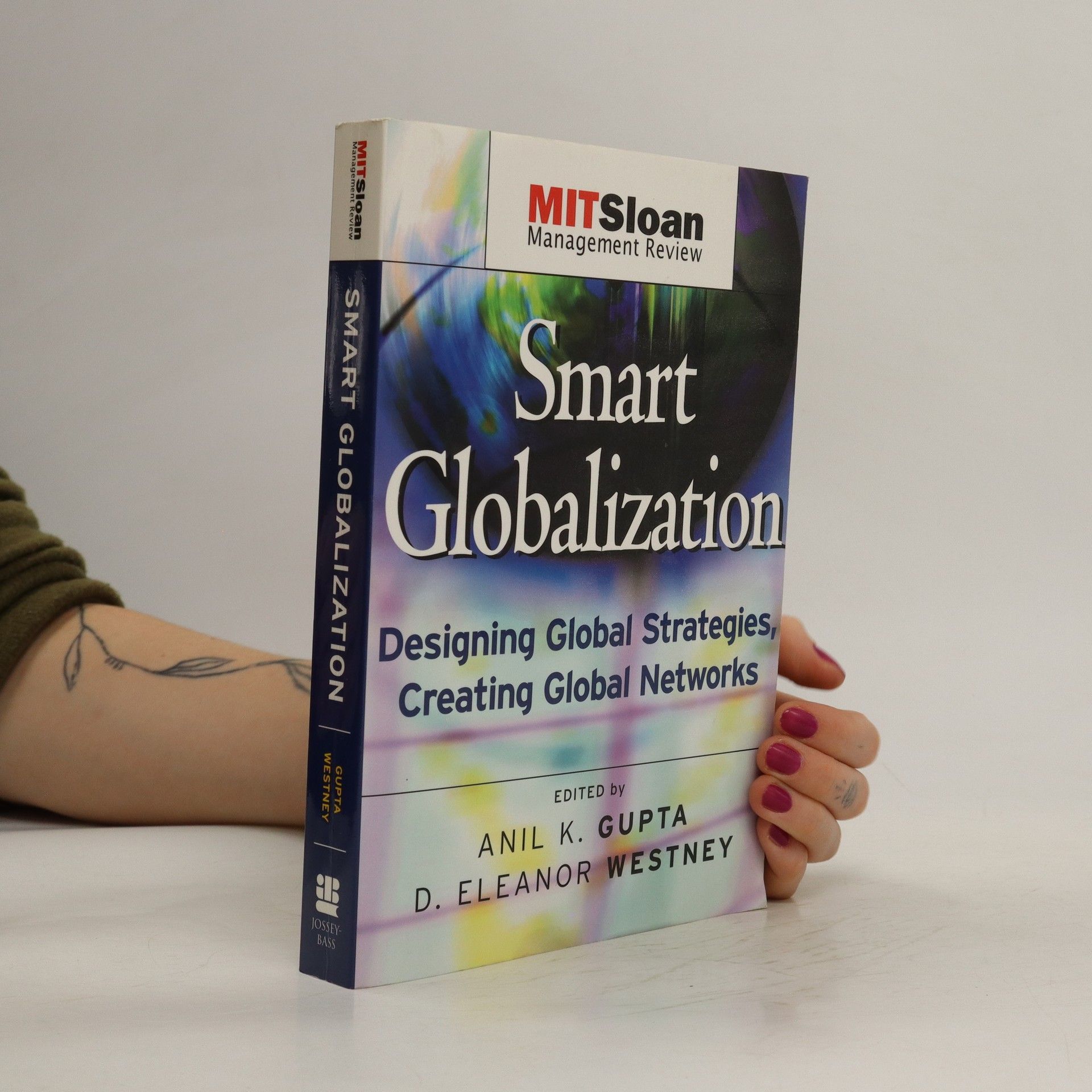Understanding Insulin and Insulin Resistance
- 320 pages
- 12 hours of reading
The book provides a clear and systematic exploration of insulin and insulin resistance, using diagrams to illustrate complex interactions. It caters to a diverse audience, including professionals in biochemistry, medicine, and research. Topics progress from basic concepts to more intricate details, encompassing biochemistry, physiology, and metabolism of insulin, as well as the pathophysiology and effects of insulin resistance on body tissues. It also addresses the implications of insulin resistance syndrome, making it a comprehensive resource for understanding this critical health issue.


